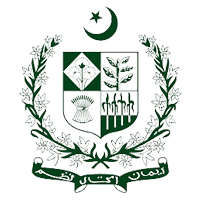Introduction
In a world seeking holistic healing practices, Hijama or cupping therapy has resurfaced as a beneficial treatment. Revered in Islamic tradition, this method is believed to be a Sunnah of the Prophet Muhammad (PBUH), offering both physical and spiritual benefits.
Hijama as a Prophetic Sunnah
The practice of Hijama is deeply rooted in Islamic teachings. It is considered a Sunnah, as various hadiths recount the Prophet Muhammad (PBUH) undergoing and recommending this therapeutic practice. For instance, in Sahih Bukhari (5371), it’s reported that the Prophet (PBUH) said, “If there is any good in your medical treatments, it is in the blade of the cupper.”
Qur’anic Insights and Hijama
While the Qur’an does not specifically mention Hijama, it emphasizes the importance of following the Prophet’s example, which includes his practices and recommendations. Allah says, “There is indeed a good model for you in the Messenger of Allah” (Surah Al-Ahzab, 33:21), thereby endorsing all prophetic traditions.
Benefits of Hijama: Physical and Spiritual Healing
Hijama is credited with numerous health advantages. Physically, it is believed to detoxify the body by removing stagnant blood, improve circulation, and stimulate the immune system. Spiritually, it aligns with the holistic approach to health in Islam, facilitating a type of healing that transcends the physical body.
Modern Application and Research
Modern studies have begun to explore the potential medical benefits of Hijama. Research indicates its effectiveness in treating chronic pain, migraines, and hypertension, aligning with the Sunnah’s wisdom in promoting this practice.
Conclusion: Embracing Tradition for Health
Hijama stands as a testament to the timeless wisdom encapsulated in the Sunnah. By integrating such practices into our modern healthcare, we not only pay homage to the prophetic traditions but also unlock the doors to alternative healing methods.



